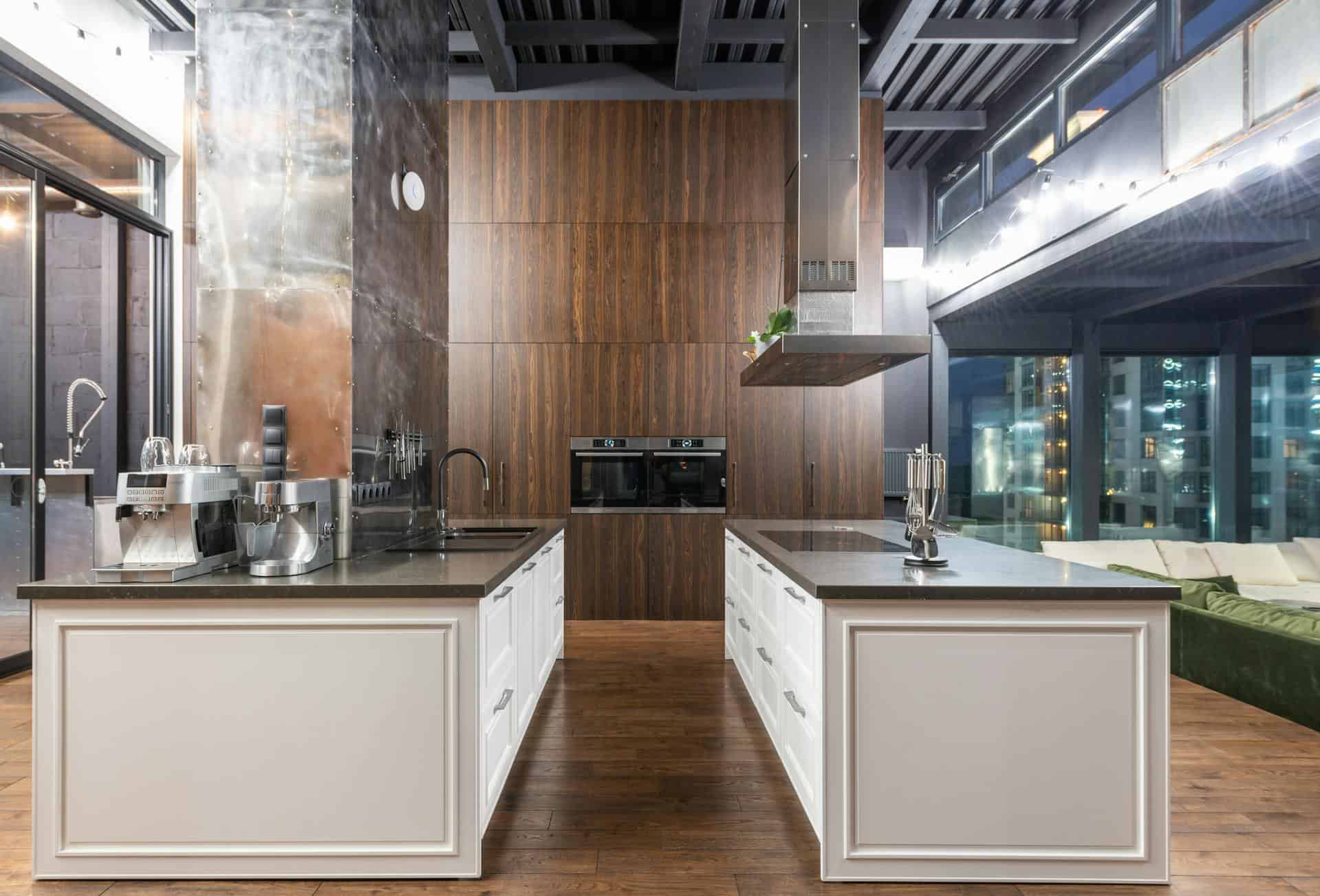
Question: Is it Ok Not To Have a Vent in the Kitchen?
Answer: It’s not ideal to not have a kitchen vent. While not always legally required, a vent improves air quality by removing smoke, grease, and odors, protecting your health and home.
Kitchen Ventilation: Necessary or Not?
Many homeowners ask, “Is it ok not to have a vent in the kitchen?” Proper ventilation removes cooking odors, smoke, and grease. This article explores kitchen ventilation options and explains the importance of airflow.
Understanding Kitchen Ventilation
Kitchen ventilation systems remove airborne particles and excess moisture. These systems improve indoor air quality and protect your home from potential damage. Proper ventilation reduces cooking smells, eliminates smoke, and controls grease buildup. This helps maintain a cleaner and healthier kitchen environment. Without proper ventilation, these pollutants can circulate throughout your home, affecting air quality and potentially causing health issues.
Effective kitchen ventilation contributes to a more comfortable living space. It minimizes lingering food odors and prevents moisture buildup, which can lead to mold and mildew growth. A well-ventilated kitchen also helps protect your cabinets and other surfaces from grease and grime, extending their lifespan.
Please visit the home page to read more about Blue Kitchens
Related Article: What are the Requirements For Kitchen Venting?
Related Article: How Do You Vent a Kitchen Without a Vent?
Benefits of Proper Ventilation
A well-ventilated kitchen offers several advantages. It keeps the air clean and fresh by removing cooking odors, smoke, and grease. This leads to a healthier indoor environment, particularly beneficial for people with allergies or respiratory sensitivities.
Proper ventilation also protects your home. It reduces moisture buildup, preventing mold and mildew growth. It also minimizes grease accumulation on surfaces, making cleaning easier and extending the life of your cabinets and appliances.
Consequences of Poor Ventilation
Insufficient kitchen ventilation can lead to several problems. A buildup of grease and moisture can attract pests and create unsanitary conditions. Poor airflow allows cooking odors to permeate the entire house, impacting comfort and potentially triggering allergies or respiratory issues. Excessive moisture also contributes to mold growth, posing a health risk and potentially damaging walls and ceilings.
Lack of proper ventilation can also affect the overall value of your home. Potential buyers recognize the importance of a well-ventilated kitchen, and its absence may be a deterrent. Addressing ventilation issues before selling can increase your home’s appeal and market value.
Alternatives and Solutions for Limited Ventilation
If installing a traditional ventilation system is impossible, consider alternative solutions. Opening windows and using exhaust fans can improve airflow, though less effectively than dedicated systems. Portable air purifiers with activated carbon filters can help remove odors and some airborne particles. These alternatives offer some benefits but may not fully address the need for proper kitchen ventilation.
Regular cleaning practices can also mitigate the effects of limited ventilation. Wipe down surfaces after cooking to remove grease and spills. Clean range hoods and filters frequently to maintain their effectiveness. These simple steps can help minimize the negative impacts of poor ventilation, but they do not replace the need for a proper system.
Conclusion
While local building codes may not always mandate a kitchen vent, it is highly recommended. A well-ventilated kitchen provides significant health and safety benefits. It protects your home from damage, improves indoor air quality, and creates a more comfortable living environment.
If installing a traditional vent is impossible, explore alternative solutions like opening windows, using exhaust fans, and regularly cleaning surfaces. These options offer some benefits, but a dedicated ventilation system remains the ideal solution for a healthy and comfortable kitchen.

Blue Malue Get in touch with Blue here.
